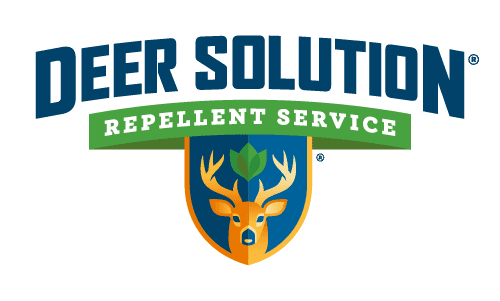Dorchester County, Maryland, with its picturesque landscapes and cherished gardens, is confronting a growing ecological challenge: the overpopulation of deer and its subsequent impact on local landscapes.
This comprehensive article delves into the escalating issue of deer damage in the county, focusing on deer overpopulation and the need for garden deer protection, while consciously avoiding specific control tips.
The Rising Issue of Deer Overpopulation
The deer population in Dorchester County has been on an upward trend, leading to an increase in deer-related challenges. This rise has not only brought ecological imbalances but also has had a direct impact on the aesthetic and functional aspects of residential and public gardens.
The issue extends beyond environmental concerns, affecting the daily lives and the scenic beauty of the county.

Impact on Gardens and Landscapes
Deer damage in Dorchester County has a wide-ranging impact, most noticeably on gardens and landscapes. Deer, in their search for food, venture into human-inhabited areas, causing significant damage to plants, shrubs, and small trees.
This damage alters the beauty of gardens and disrupts the ecological balance, leading to a loss of plant diversity and negatively affecting local flora.
Garden Deer Protection as a Community Concern
In response to the increasing incidents of deer damage, garden deer protection has emerged as a crucial focus in the county. It emphasizes the importance of community awareness and collective efforts in addressing deer damage control.
Residents of Dorchester County are actively seeking ways to protect their gardens from deer, aiming for methods that harmonize with environmental conservation and the aesthetic value of their landscapes.
Economic and Environmental Implications
The issue of deer overpopulation in Dorchester County has significant economic and environmental implications. The agricultural sector faces the brunt of crop damage due to deer foraging, leading to economic losses.
Additionally, the ecological impact of deer overgrazing is profound, affecting the county’s biodiversity and the health of natural ecosystems.
Collaborative Efforts for Sustainable Management
Addressing the deer damage issue in Dorchester County requires a collaborative and sustainable approach. The involvement of various stakeholders, including residents, environmentalists, and local government, is crucial.
Adopting sustainable practices, informed by ecological studies and wildlife management principles, is essential in developing effective strategies for garden deer protection and overall deer damage control.
The Role of Education and Awareness
Education and awareness play a pivotal role in managing deer-related challenges. By informing the community about the behaviors of deer and the impact of their overpopulation, residents can make informed decisions about protecting their gardens and contributing to broader conservation efforts.
Future Directions in Deer Management
Looking ahead, Dorchester County must continue to adapt and refine its strategies for managing deer challenges. This involves ongoing research into innovative plant protection methods, a deeper understanding of deer behavior, and exploring new approaches to wildlife management that are both effective and environmentally friendly.
The challenge of managing deer overpopulation and protecting landscapes in Dorchester County calls for a multifaceted response. It necessitates active community engagement, a deeper understanding of deer behavior, and the implementation of sustainable wildlife management practices.










